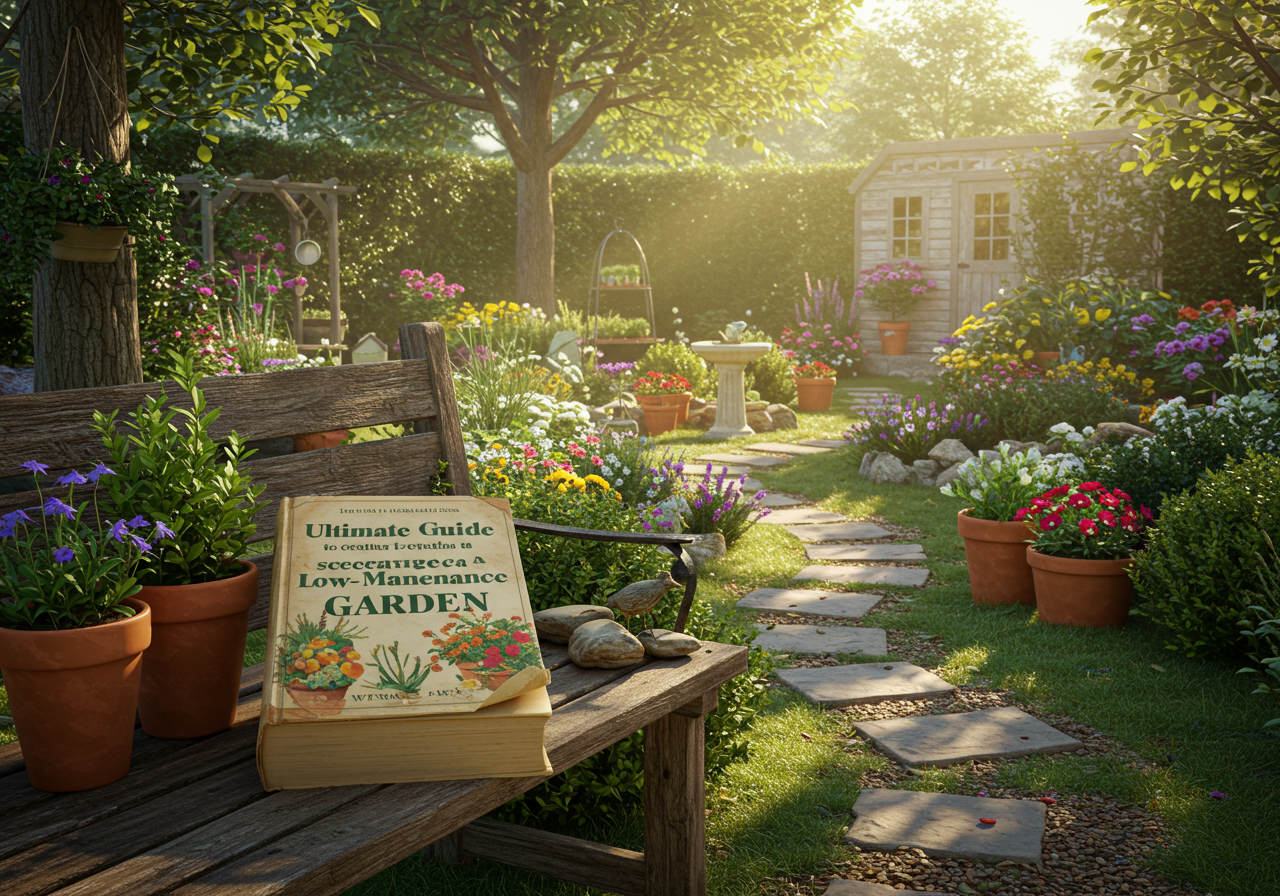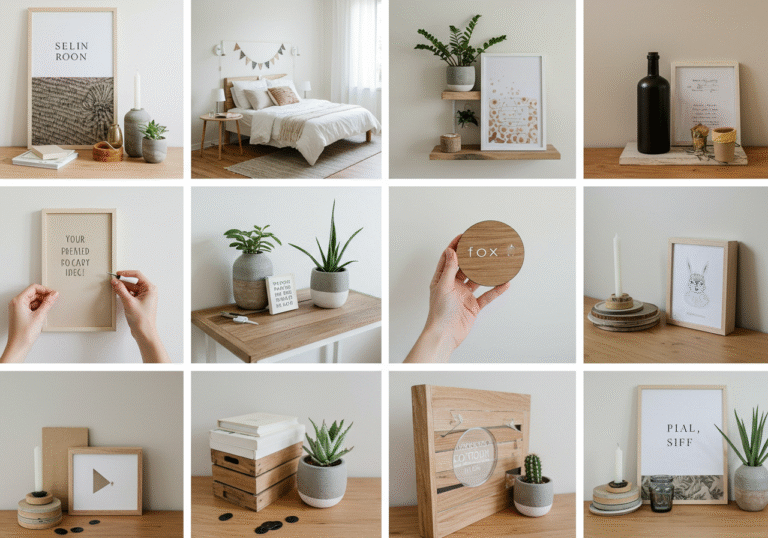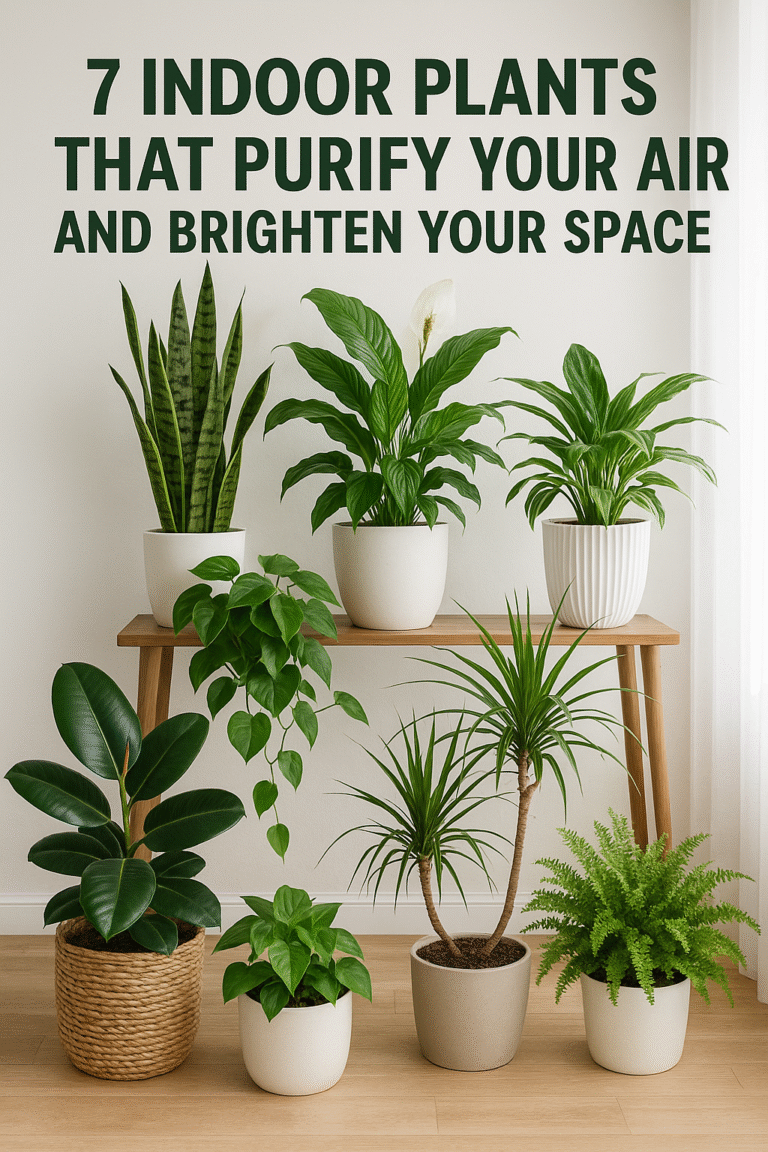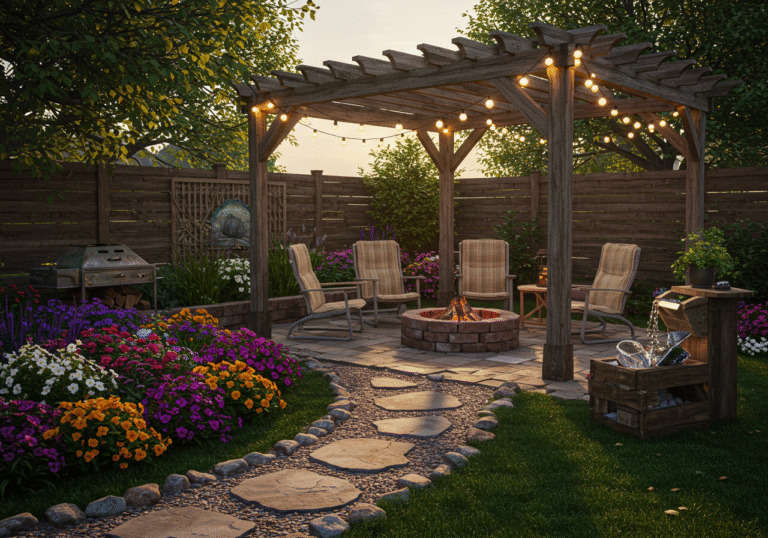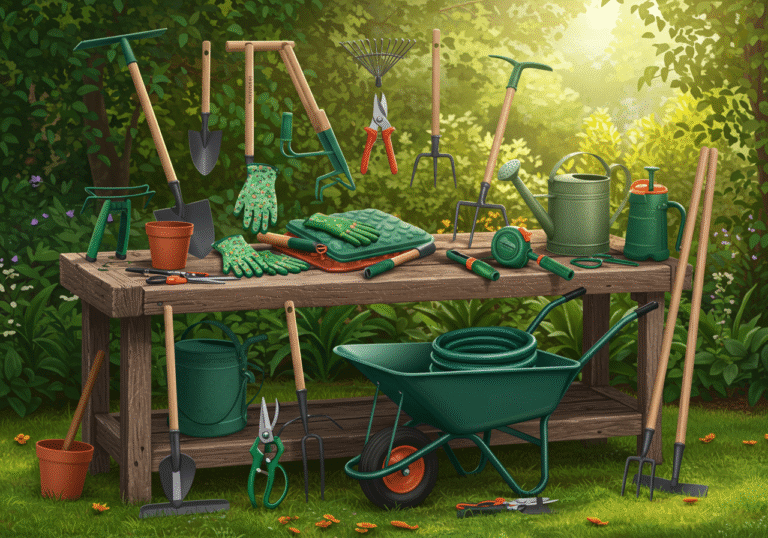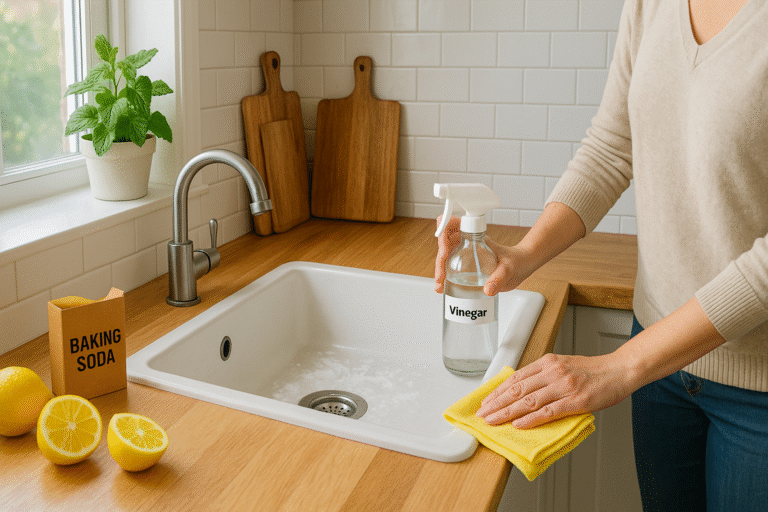The Ultimate Guide to Creating a Low-Maintenance Garden
If you’ve ever dreamed of having a beautiful garden but worry that you don’t have the time, experience, or energy to maintain one, this guide is for you. A low-maintenance garden offers all the charm of a lush, blooming outdoor space—without the stress of constant upkeep.
You don’t need to be a full-time gardener or hire expensive landscapers to create a thriving outdoor oasis. With the right planning, smart plant choices, and a few time-saving tricks, you can enjoy a gorgeous garden that practically takes care of itself.
Whether you have a small backyard, a balcony, or a large outdoor space, this ultimate guide will walk you through everything you need to know to build and sustain a low-maintenance garden.
Start with a Plan
Every great garden begins with a thoughtful layout. Take some time to assess your space, sunlight exposure, and soil type. Decide on your goals—do you want a relaxing retreat, a play area for kids, or a patio garden for entertaining?
Planning ahead will help you choose the right plants, decide where to place them, and minimize wasted time and effort later.
Quick Tips:
- Use curved edges instead of straight lines for a more organic, natural feel.
- Group plants with similar watering and sunlight needs together.
- Leave enough space between plants to reduce overcrowding and future pruning.
Choose the Right Plants
The cornerstone of a low-maintenance garden is plant selection. Opt for hardy, drought-tolerant plants that thrive in your local climate. Native plants are usually the best option—they’ve already adapted to your region’s conditions and need less attention.
Some great low-maintenance choices include:
- Lavender – Drought-tolerant, fragrant, and pollinator-friendly.
- Hostas – Ideal for shaded areas, with large, attractive foliage.
- Sedum (Stonecrop) – A hardy succulent perfect for sunny spots.
- Ferns – Great for damp, shady corners and require little care.
- Coneflowers – Colorful, long-blooming, and very resilient.
Bonus: Perennials come back year after year with minimal work, unlike annuals that need to be replanted.
Mulch, Mulch, Mulch
One of the easiest ways to reduce maintenance is to use mulch. A thick layer of organic mulch (like bark, straw, or compost) helps retain soil moisture, suppress weeds, regulate temperature, and improve soil health.
Spread about 2–3 inches of mulch around your plants, but be careful not to let it touch the stems, which can lead to rot.
Pro Tip: Mulch not only reduces watering needs but also gives your garden a neat, well-maintained appearance.
Install a Simple Irrigation System
Watering is often the most time-consuming part of gardening. Save yourself the effort by installing a drip irrigation system or soaker hose. These systems deliver water directly to the roots, minimizing waste and reducing the risk of disease caused by wet foliage.
For smaller gardens, self-watering containers or simple watering globes can also be a game-changer.
Time-Saver: Use a timer to automate your watering routine—set it and forget it.
Use Ground Covers to Reduce Weeds
Ground cover plants are nature’s way of preventing weeds. By covering the soil, they block sunlight and reduce the need for frequent weeding. They also help with erosion and add texture and color to your garden.
Some great low-maintenance ground covers include:
- Creeping Thyme – Fragrant, low-growing, and pollinator-friendly.
- Ajuga (Bugleweed) – Colorful foliage that thrives in both sun and shade.
- Liriope – Tolerates drought, shade, and even foot traffic.
Design Tip: Use ground covers in pathways, borders, or under shrubs to create a layered, lush look.
Limit Your Lawn Space
Lawns are beautiful, but they can also be high-maintenance—needing regular mowing, fertilizing, and watering. To reduce garden work, consider minimizing lawn space and replacing it with gravel paths, patios, raised beds, or ground covers.
If you must have a lawn, choose a low-maintenance grass variety like:
- Buffalo grass
- Zoysia grass
- Fescue blends
Alternative: Artificial turf has come a long way and now looks very realistic, making it a hassle-free choice for decorative areas.
Opt for Raised Beds and Containers
Raised beds and container gardens give you better control over soil, drainage, and pests—making them perfect for beginners and busy homeowners. They are easier to access, require less bending, and can be placed anywhere, including balconies or patios.
Use them to grow herbs, vegetables, or flowers with minimal fuss.
Quick Tip: Use self-watering containers and high-quality potting mix to reduce watering frequency and improve plant health.
Embrace Hardscaping
Hardscaping involves using non-plant elements like stone, wood, or metal in your garden design. Think gravel paths, wooden decks, stone benches, or pergolas. These features require little to no upkeep and add structure and visual interest.
Ideas to Try:
- Use decorative rocks or pebbles instead of grass in awkward corners.
- Add a bench or birdbath for function and charm.
- Install stepping stones or wooden tiles to create walkways.
Choose Smart Garden Decor
A beautiful garden isn’t just about plants—it’s about ambiance. Add personality with low-maintenance decor like:
- Solar-powered lanterns or string lights
- Outdoor sculptures or pots
- Wind chimes or garden stakes
- Bird feeders or bee hotels
These decorative touches require little effort and keep your garden visually engaging all year round.
Keep a Simple Maintenance Routine
Even the most low-maintenance garden needs some care. But with a streamlined routine, it doesn’t have to be overwhelming.
Here’s a simple monthly checklist:
- Water: Check your irrigation system or water deeply once a week.
- Weed: Pull weeds while they’re young and easy to remove.
- Prune: Trim dead flowers or branches to keep plants healthy.
- Mulch: Refresh mulch annually to maintain effectiveness.
- Fertilize: Use slow-release fertilizers a few times a year, if needed.
Pro Tip: Spend 15 minutes twice a week tending your garden—it’s easier than saving everything for one exhausting day.
Final Thoughts
A beautiful garden doesn’t need to be time-consuming or high-maintenance. With a bit of planning, smart plant choices, and thoughtful design, you can create a tranquil, inviting space that works with your lifestyle—not against it.
Whether you’re a beginner gardener, a busy professional, or someone who just wants to enjoy more and work less, this guide gives you everything you need to turn your outdoor space into a haven of calm and beauty.
So grab your gloves, pick your plants, and enjoy the peace of mind that comes with a truly low-maintenance garden.


